
After checking in to our hotel and meeting the rest of the group, a local guide will accompany us
on a tour of New Delhi.
The Indian capital has long been a phoenix rising again and again out of its own ruins.
New Delhi was the creation of the British Raj
of the 1930s. On our tour, we will view the Lok Sabha (Parliament), India Gate,
and the Rajpath buildings. We will also explore the
Qutub Minar and
Humayun's Tomb, set in peaceful gardens away from the often chaotic Delhi traffic.
(No Meals)
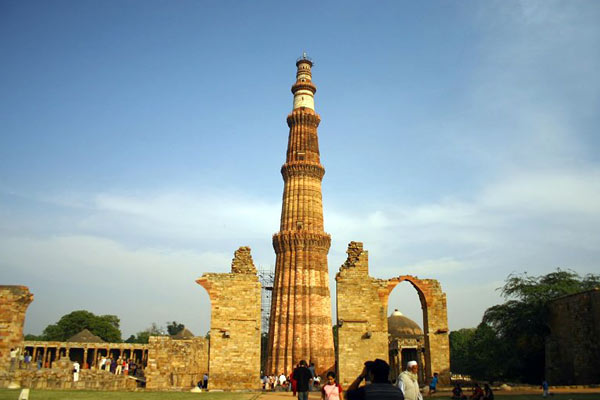
(Driving Time: Approx 4 hours)
Compared to New Delhi, the Old City is much closer to the image conjured up by Rudyard Kipling. This morning, a local guide will show us around Old Delhi by metro and on foot, culminating with a jamboree of deafening barter at Chandni Chowk Bazaar. A short cycle rickshaw ride then takes us to the Jama Masjid mosque. There will be an opportunity for some free time in Old Delhi before our afternoon drive to Agra, which will take about four hours. Our conveniently-located hotel in Agra will be our base for the next two nights.
(Breakfast)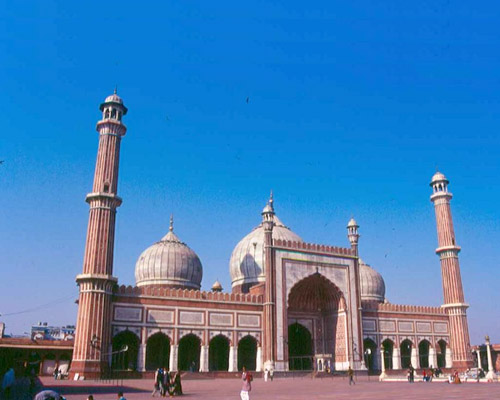
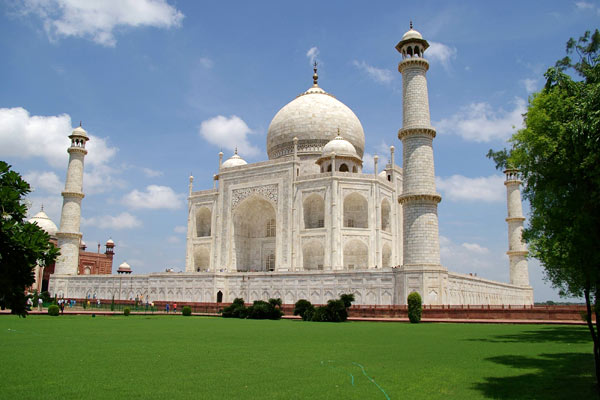
(Driving Time: Approx 4 hours)
This morning, we continue our journey west and soon reach the deserted city of Fatehpur Sikri. Founded in 1569 and abandoned scarcely 16 years later, it is a perfectly intact example of Akbar's imperial court. Among the many noteworthy buildings is the five-storied Panch Mahal, probably a pleasure pavilion for the ladies of the harem. In the centre of the courtyard is the Pachisi Board, where the emperor played a game like chess, with dancing slave girls as pieces. Perhaps the finest structure of all though is the lotus-shaped carved central pillar of the Diwan-i-Khas (Hall of Private Audience). Later in the morning we reach the Keoladeo Ghana National Park in Bharatpur. Formerly a royal duck-shooting reserve and now a World Heritage Site and ornithologist's paradise, the park is best visited at dawn or dusk. We will explore its 12 square miles of lakes and marshlands by cycle rickshaw. Offering a safe habitat for large numbers of breeding waterbirds and migrants, over 300 species have been sighted. We hope to see herons, storks, geese and maybe even the huge and rare Siberian crane. After leaving the park we continue to Karauli, via Mahuwa and Hindaun. Our drive will take approximately four hours, but is broken up with plenty of stops in local villages en route.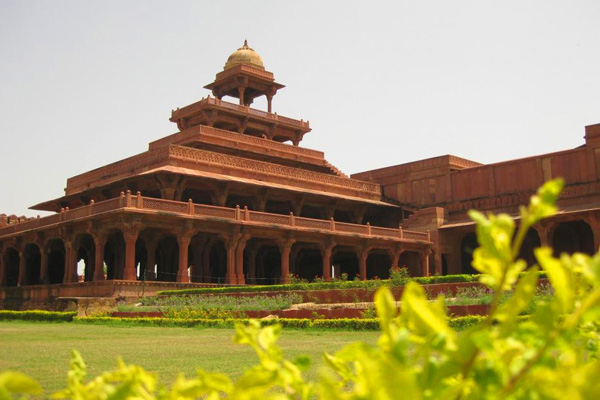
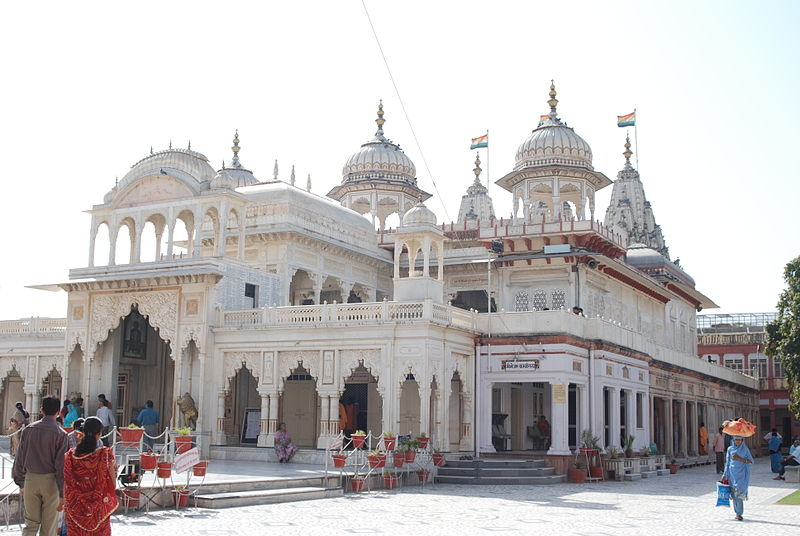
(Driving Time: Approx 3 hours)
After a relaxing start this morning, our drive to Ranthambore will take about two hours. On arrival, we check in to our accommodation before setting off for an afternoon Game Drive, where we have an opportunity to view tigers in the wild. Ranthambore National Park was declared a wildlife sanctuary in 1957, although it was still used as a hunting reserve until the early 1970s. It became part of the Project Tiger scheme in 1974 and, today, is home to over 40 of the remarkable beasts. We hope to see tigers roaming among the woodlands and cooling off in the lakes. We may even be lucky enough to see them hunt. Aside from its more famous residents, the park is also home to sloth bear, langur, striped hyenas, marsh crocodiles, pythons and Ganga soft-shelled turtles. There is also the chance to spot a myriad of bird species, including crested hawk eagle, crested serpent eagle, jacana, parakeet and white-breasted kingfishers. Aside from its rich wildlife, the park’s beauty is also noteworthy. Once part of the magnificent jungles of Central India, it comprises of rivers, lakes and forests that nestle among a surrounding girdle of steep cliffs and rocky outcrops.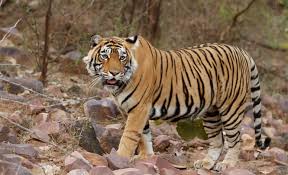
(Driving Time: Approx 3 hours)
This morning, an early start affords us more chances to spot tigers on our second Game Drive in Ranthambore. The tigers are usually most active early in the morning, before the heat of the day forces them to take shelter. Later this morning, we make our way to beautiful Jaipur. Our drive will take about three to four hours, broken up with stops in local villages. Sometimes called the Pink City, Jaipur was first painted terracotta pink by Maharajah Sawai Ram Singh to celebrate the visit of Prince Albert in 1853. On arrival, we’ll take a sightseeing tour to include a visit to the lavish and well-preserved City Palace. Here, we will find a fine collection of textiles, costumes and armoury. Later this afternoon, we will visit the extraordinary Jantar Mantar – a star-gazing observatory built by Jai Singh, the great Maharajah-astronomer. We will also explore the Old City, with its fine gates set into the pink walls.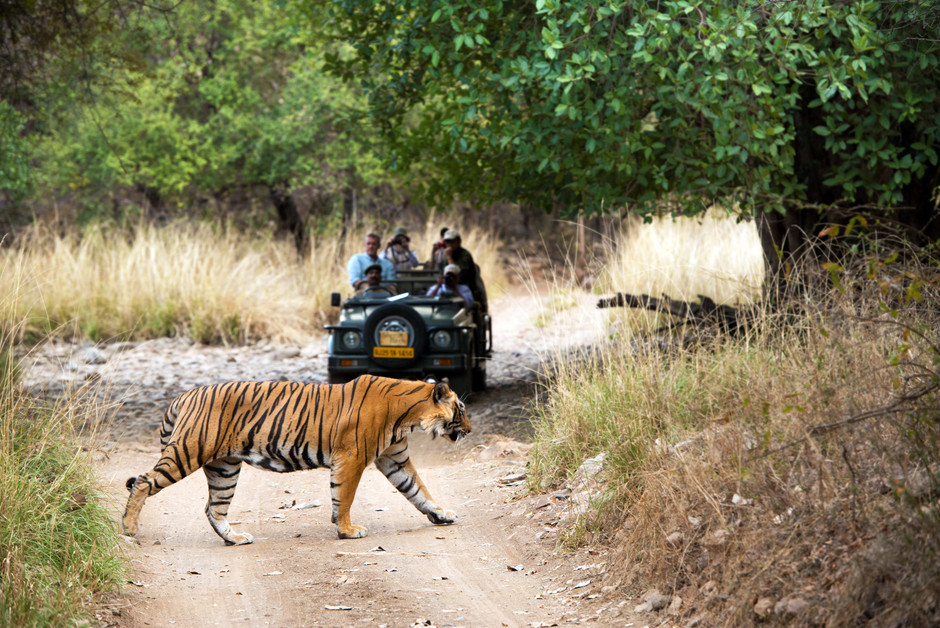
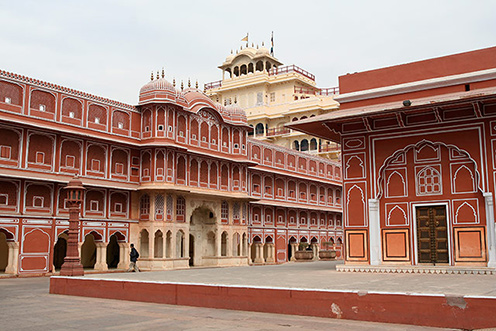
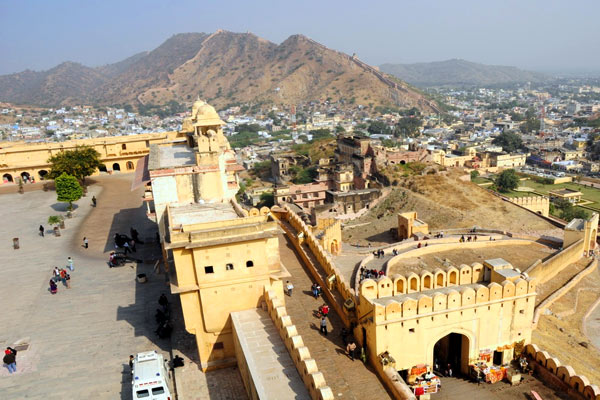
| Package Category And Price | ||
| No of Passengers Traveling Together | Superior Hotels | Deluxe Hotels |
| 2 To 3 Passengers | $1675 | $1940 |
| 4 To 6 Passengers | $1435 | $1695 |
| ** Single Room Supplement | $490 | $710 |
|
** Price is Per Person on Twin/Double Room Sharing ** Package Valid upto 31 March 2026 ** Supplement Applicable During Xmas & New Year |
||
| Place | Superior Hotels - Option 01 | Deluxe Hotels - Option 02 | |
| Delhi | Evoke Lifestyle | Crowne Plaza Today | |
| Agra | P L Palace Lords Inn | Ramada Plaza Agra | |
| Karauli | Bhanwar vilas Palace | Bhanwar vilas Palace | |
| Ranthambore | Ranthambore Forest Resort | The Pugmark | |
| Jaipur | K K Royal | Hilton Jaipur | |